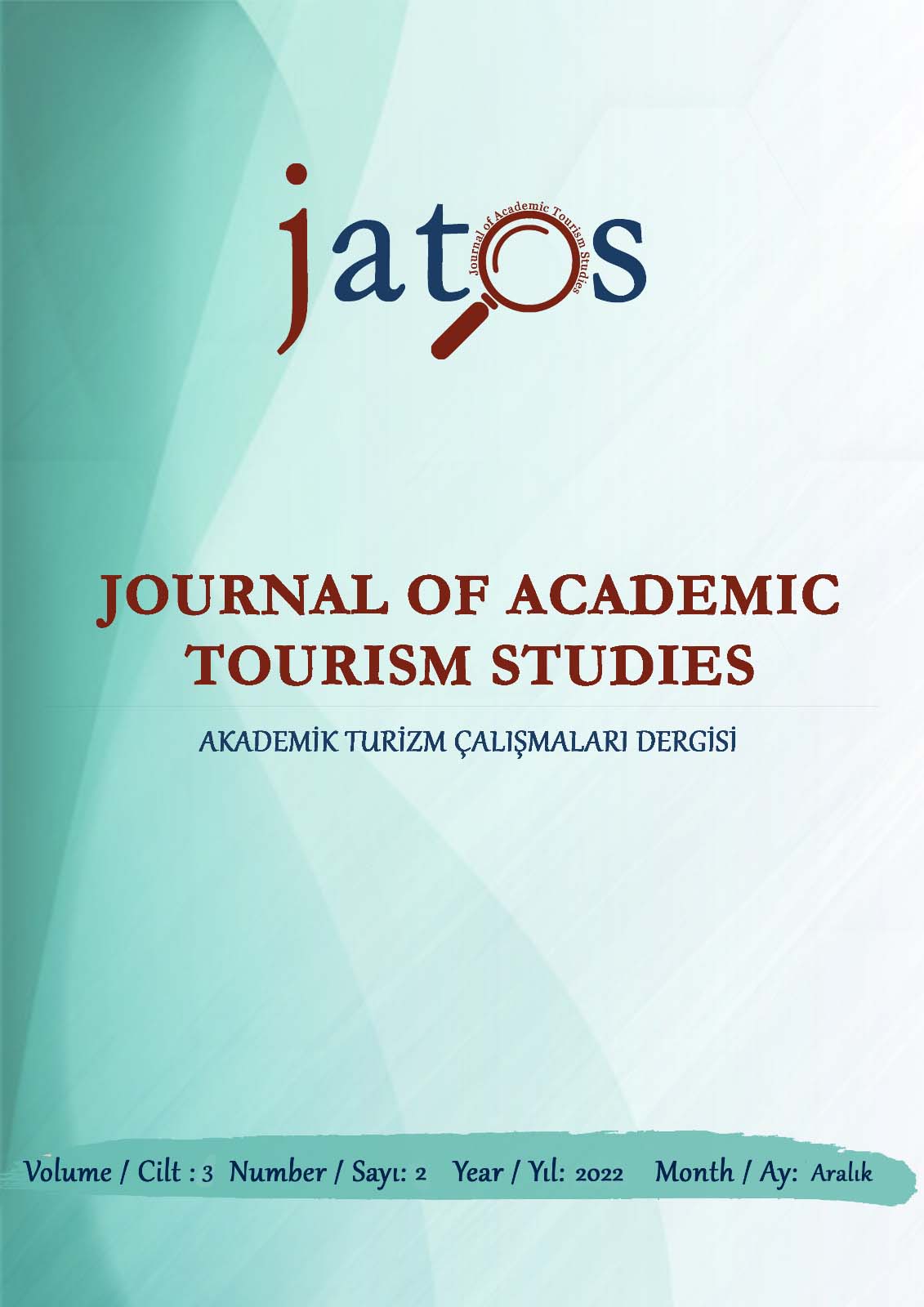Author :
Abstract
Ekosistemler, doğanın korunmasını ve sürdürülebilir kullanımını ön plana çıkartırken aynı zamanda doğal ve kültürel kaynakların çeşitliliğini sağlamaktadır. Bu bağlamda ekosistem hizmetleri gıda, su, temiz hava, tıbbi hammadde, rekreasyon ve kültürel miras değerleri gibi pek çok farklı şekilde ortaya çıkmakta, doğanın bu faydaları yeryüzündeki diğer canlılar gibi insanlar için de hayati önem taşımaktadır. Bu araştırmada Ayvacık İlçesinin sağladığı ekosistem hizmetlerinin, Birleşmiş Milletler Binyıl Ekosistem Değerlendirmesi Raporu (Milennium Ecosystem Assessment–MEA)’nda yer alan sınıflandırmaya göre incelenerek ortaya konulması amaçlanmıştır. İlçenin sağladığı ekosistem hizmetlerinin sınıflandırılmasında kullanılan parametrelerden, kaynak sağlayan (gıda, dekoratif kaynaklar, biyolojik hammadde, biyokimyasal ve tıbbi ürünler), düzenleyici (hava kalitesini düzenleme, iklim düzenleme, su akışı ve erozyon kontrolü, polenleşme), destekleyici (fotosentez, besin ve su döngüsünü destekleme) ve kültürel ekosistem hizmetleri (eğitim, bilgi sistemi, ilham, estetik değerler, sosyal ilişkiler, kültürel miras değerleri, rekreasyon-ekoturizm, sağlık, ekonomi, doğayla bağlantı, duyusal deneyimler) değerlendirilmiştir. Bu parametreler doğrultusunda ilçenin mevcut potansiyeli ve ilçedeki değişimlerin olumlu/olumsuz yönleri ortaya konulmuştur. Sonuç olarak ilçenin oldukça geniş bir çeşitlilikte ekosistem hizmetlerini sağladığı tespit edilmiştir. Bu ekosistem hizmetleri bağlamında ilçede görülen eksikliklere ilişkin öneriler geliştirilmiştir.
Keywords
Abstract
While ecosystems emphasize the protection and sustainable use of nature, they also ensure the diversity of natural and cultural resources. In this context, ecosystem services emerge in many different ways such as food, water, clean air, medicinal raw materials, recreation and cultural heritage values, and these benefits of nature are vital for humans as well as other living things on earth. In this research, it is aimed to reveal the ecosystem services provided by Ayvacık District by examining them according to the classification in the United Nations Millennium Ecosystem Assessment Report (MEA). Among the parameters used in the classification of ecosystem services provided by the district, resource (food, decorative resources, biological raw materials, biochemical and medicinal products), regulator (air quality regulation, climate regulation, water flow and erosion control, pollination), supportive (photosynthesis, nutrients and water) cycle) and cultural ecosystem services (education, information system, inspiration, aesthetic values, social relations, cultural heritage values, recreation-ecotourism, health, economy, connection with nature, sensory experiences). In line with these parameters, the current potential of the district and the positive/negative aspects of the changes in the district have been revealed. As a result, it has been determined that the district provides a wide variety of ecosystem services. In the context of these ecosystem services, some suggestions regarding the deficiencies seen in the district are given.





